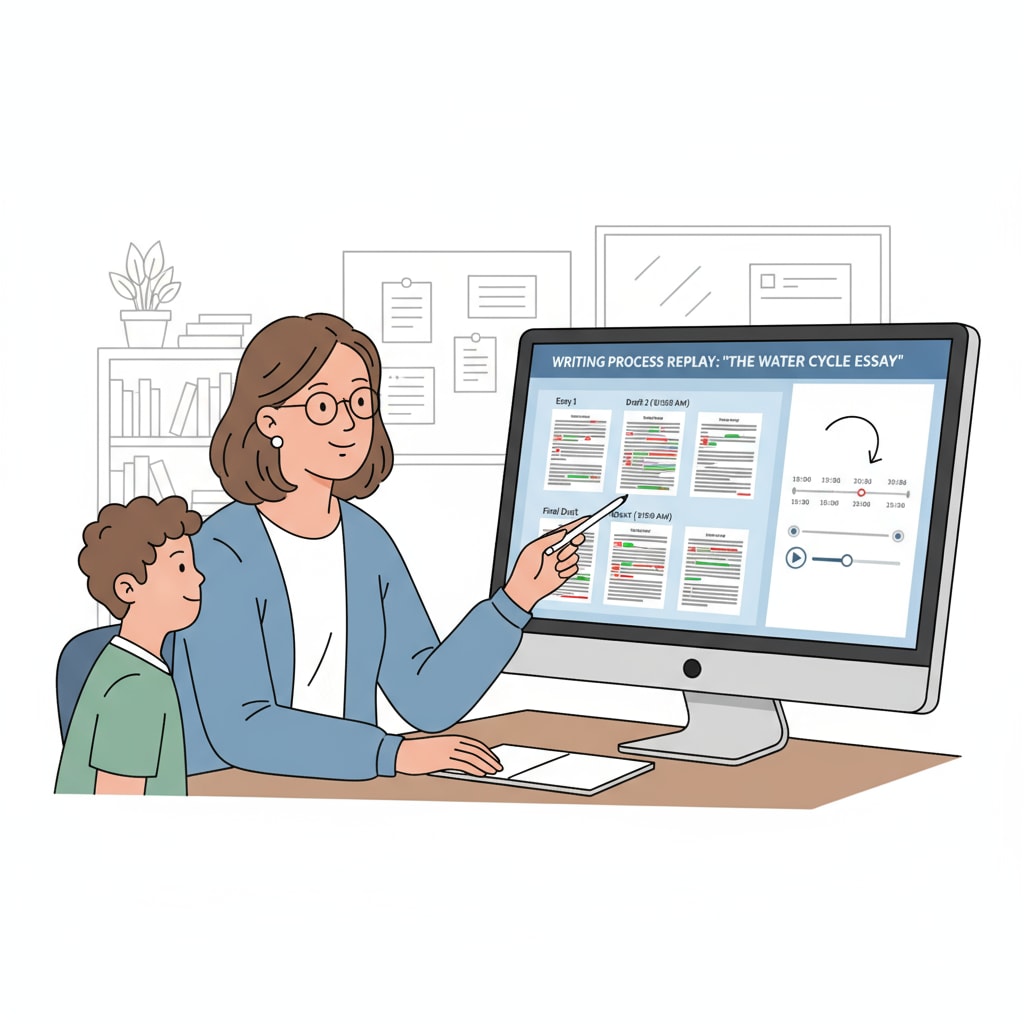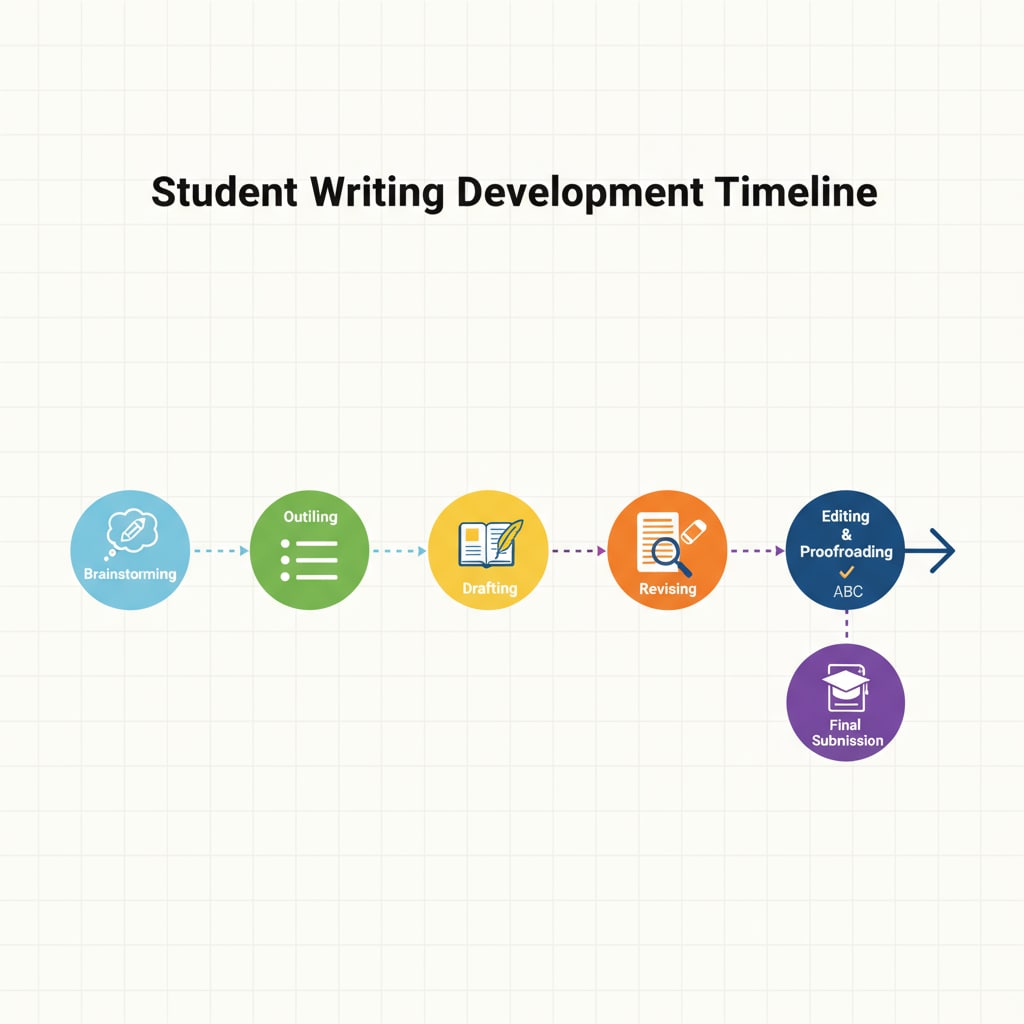In the field of education, the concepts of plagiarism detection, document replay, and teaching evaluation are intertwined in ways that can significantly impact how we understand students’ learning processes. In recent years, the use of technology has revolutionized the way educators assess student work. One such technological advancement is the document history replay tool, which has far-reaching implications beyond mere plagiarism detection.

The Limitations of Traditional Plagiarism Detection
Traditional plagiarism detection methods have long been a staple in educational institutions. These methods typically involve scanning students’ work against a vast database of existing texts to identify matches. While effective in catching blatant cases of copying, they often fall short in providing a comprehensive understanding of students’ writing efforts. For example, a student who struggles with writing but tries their best to express their ideas may be wrongly accused of plagiarism if their work bears some similarity to other sources due to common language usage. As a result, these traditional methods may overlook the true learning and growth that occurs during the writing process.
Unveiling the Power of Document History Replay
Document history replay tools, on the other hand, offer a unique perspective into students’ writing behaviors. These tools allow teachers to track the evolution of a document over time, from the initial draft to the final submission. By examining the sequence of edits, additions, and deletions, educators can gain insights into how students think, plan, and develop their ideas. For instance, a teacher might notice that a student spent a significant amount of time brainstorming ideas in the early stages of writing, indicating a thoughtful approach. This tool provides a more holistic view of the writing process, going beyond the final product to understand the journey behind it.

Furthermore, document history replay can help identify students who may be in need of additional support. A student who repeatedly struggles to make progress in their writing, as evidenced by long gaps between edits or a lack of significant development, may require targeted instruction. This proactive approach to teaching evaluation enables educators to provide timely assistance and guidance, fostering a more supportive learning environment.
Readability guidance: In this article, we’ve seen how traditional plagiarism detection has limitations. Document history replay offers a new way to understand students’ writing. By using these tools, educators can better evaluate students’ efforts and provide appropriate support. This approach aligns with the broader goals of teaching evaluation, which is to promote student learning and growth.


